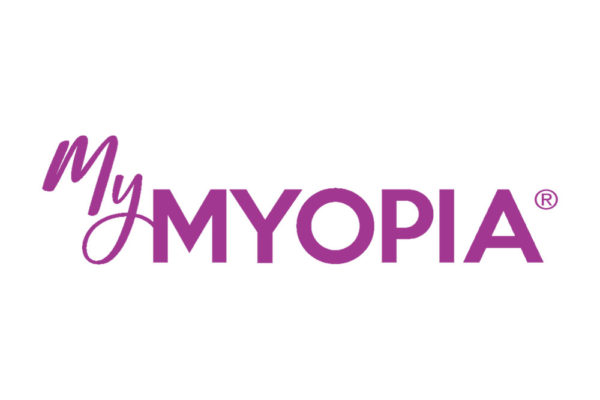Myopia
May also be called: Nearsightedness
Myopia (nearsightedness) is a refractive error (eye does not refract/focus light properly) whereas light enters the eye and focuses in front of the retina (light sensitive tissue of rods and cones in the back of the eye) instead of on the retina. This causes issues primarily with seeing clearly far away.4
